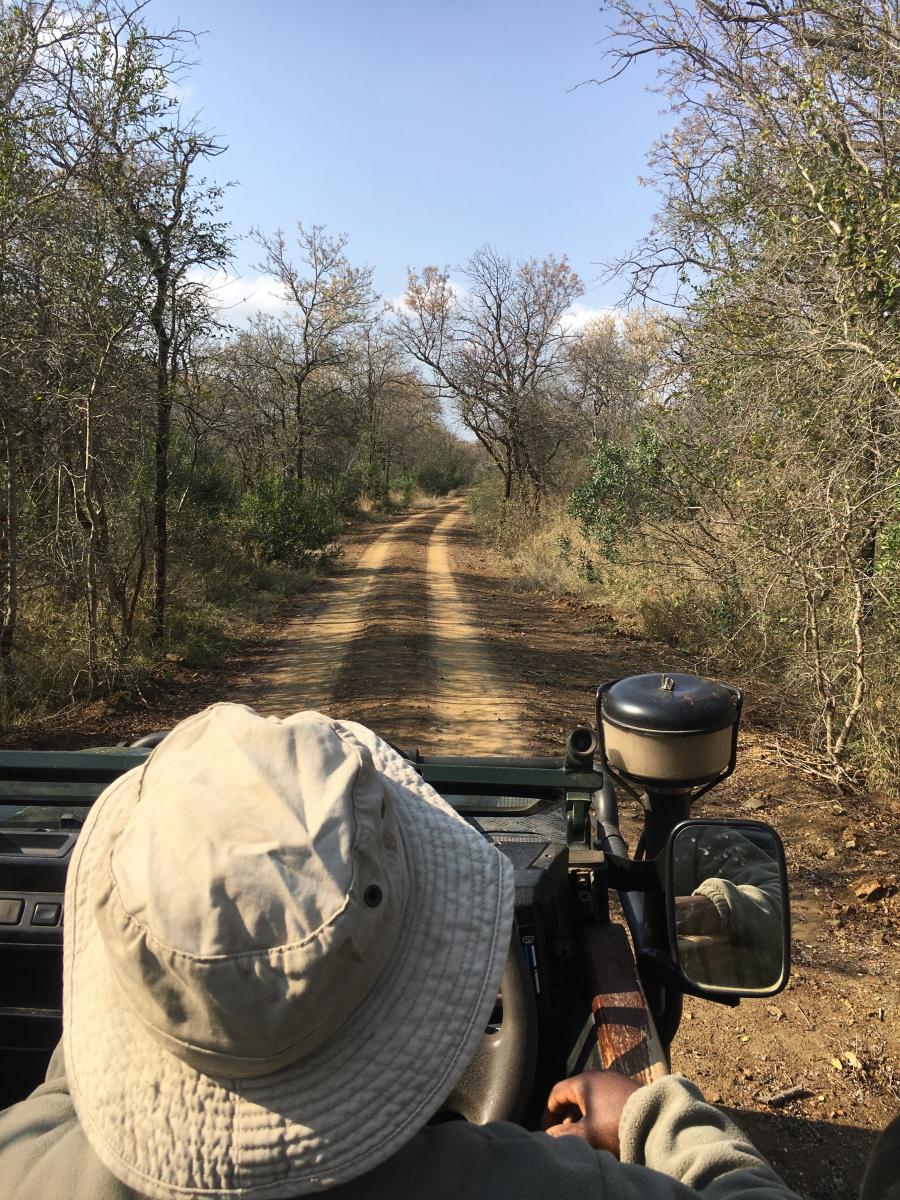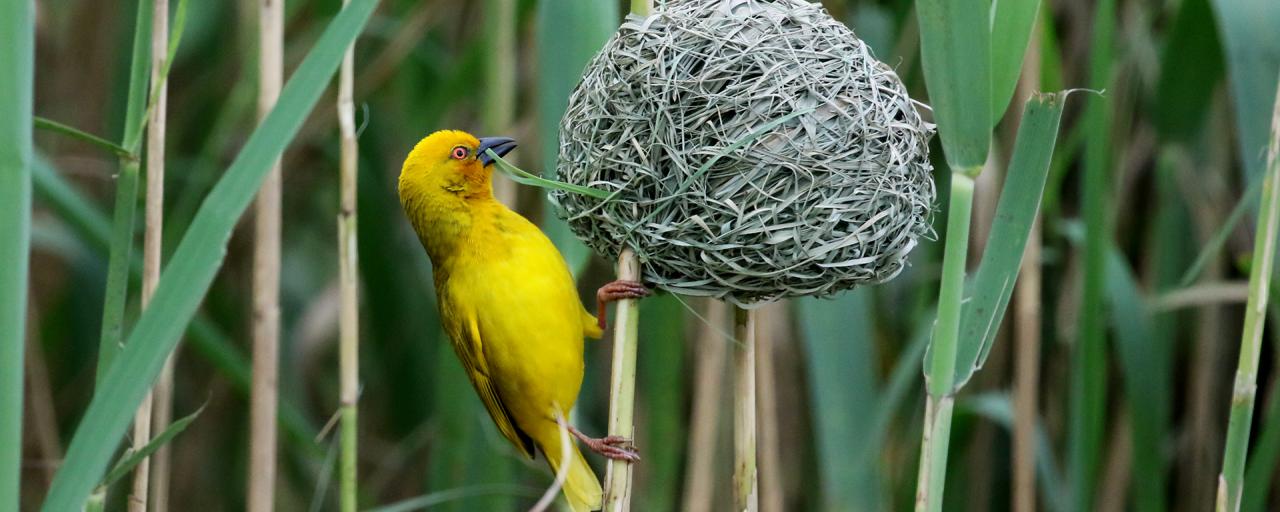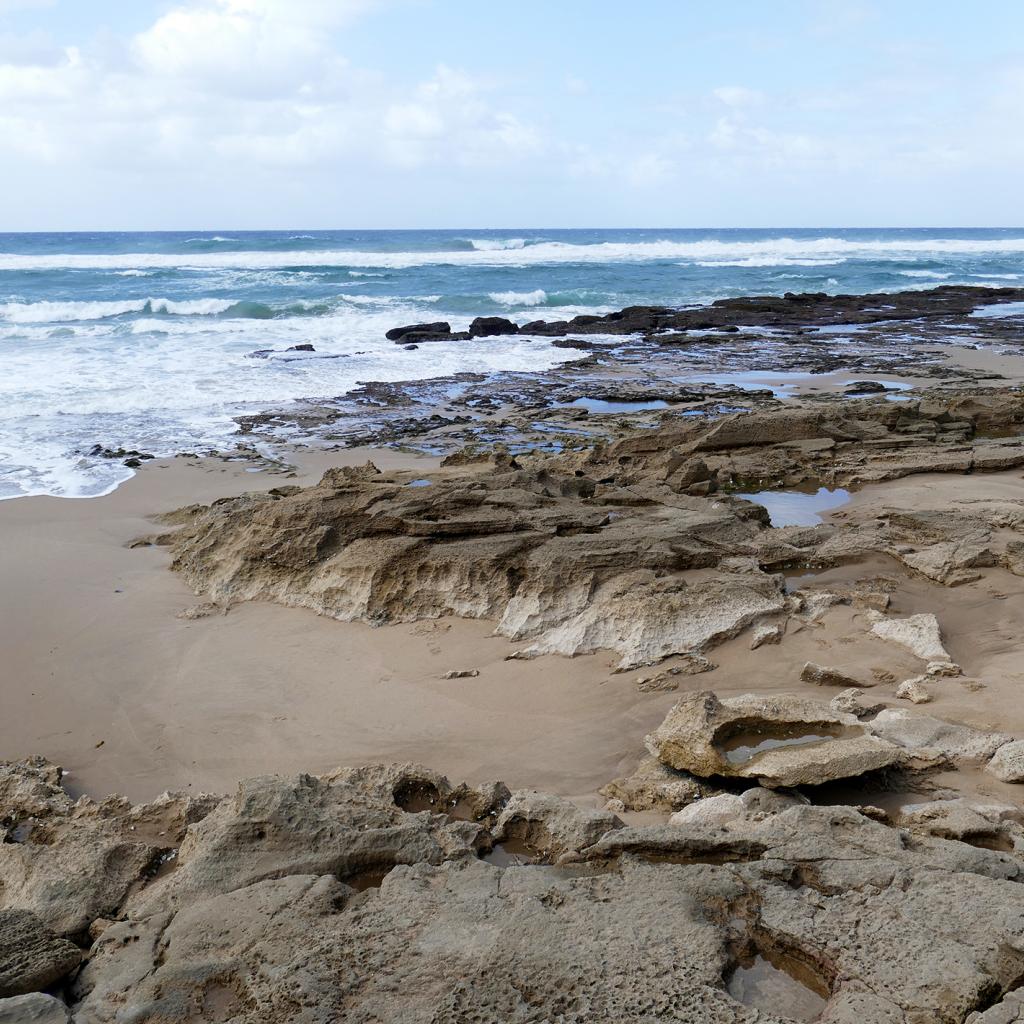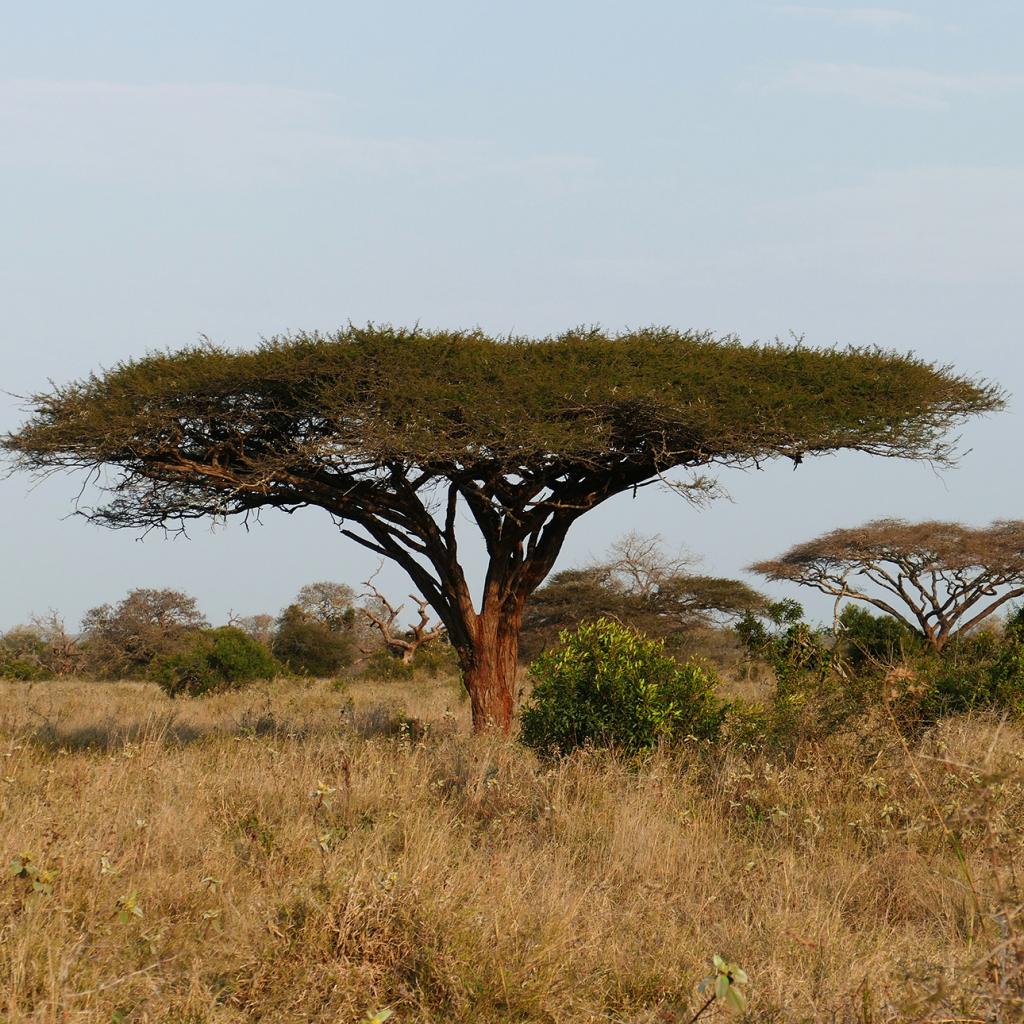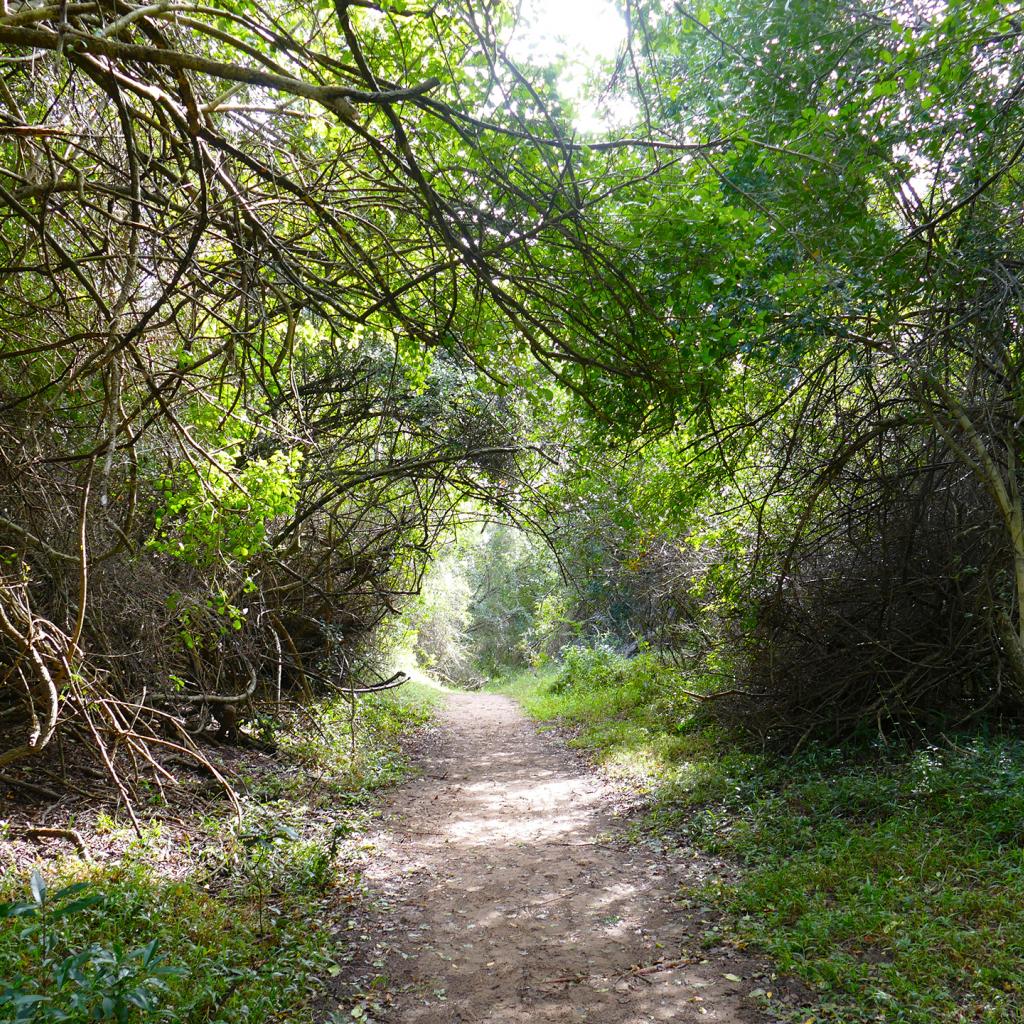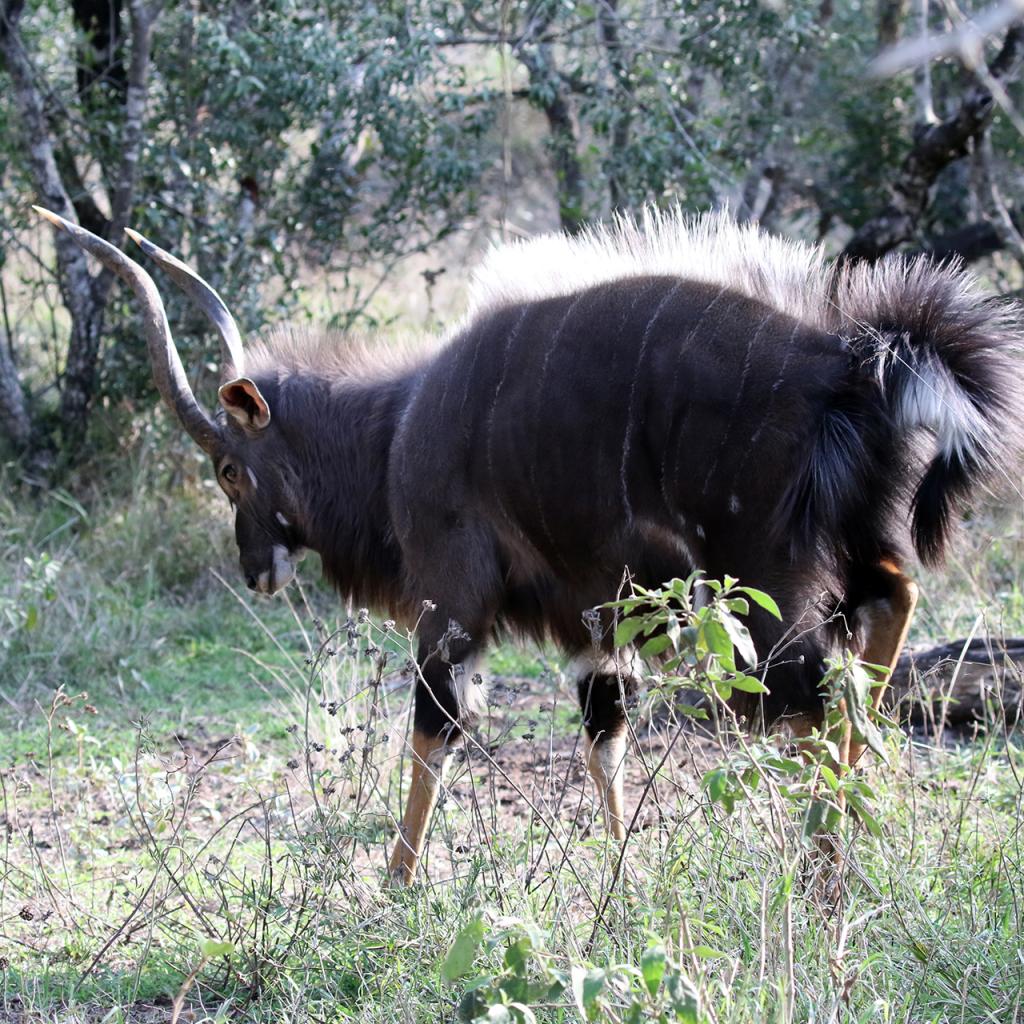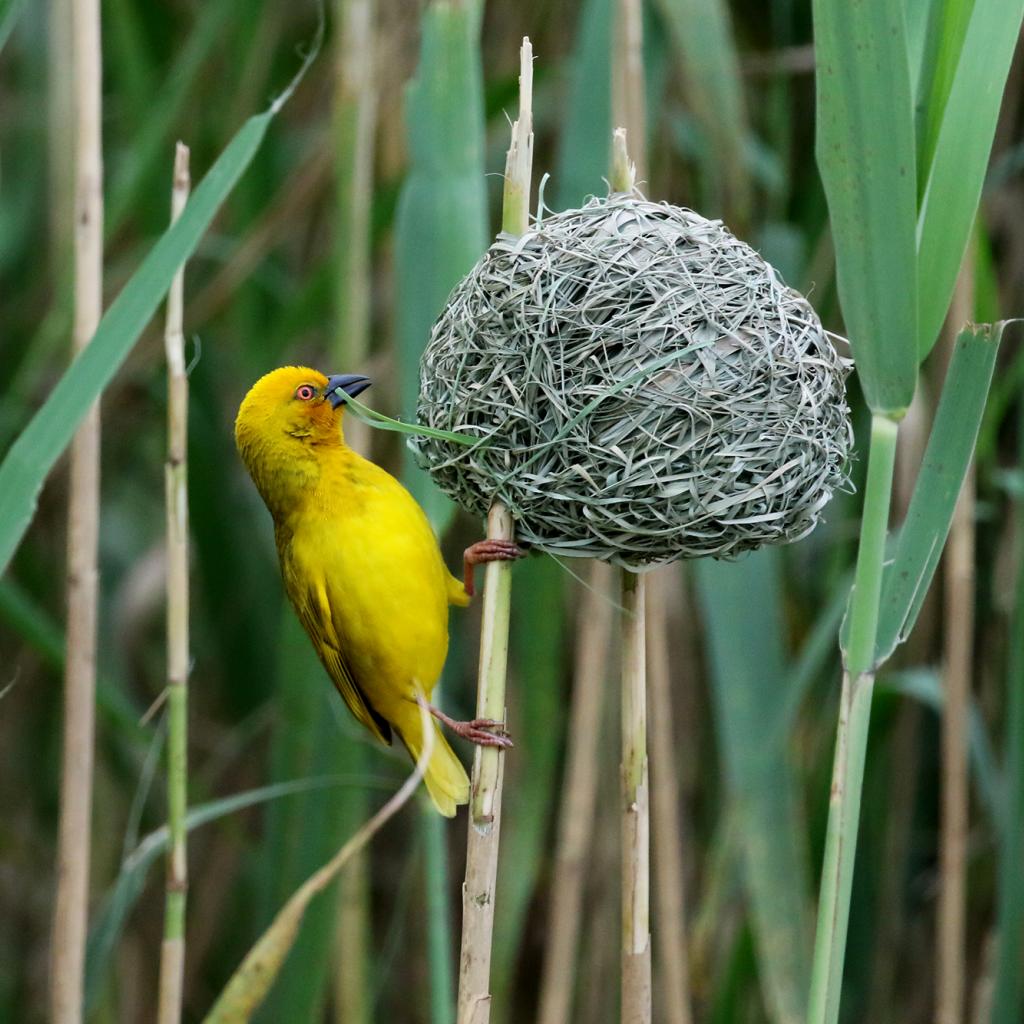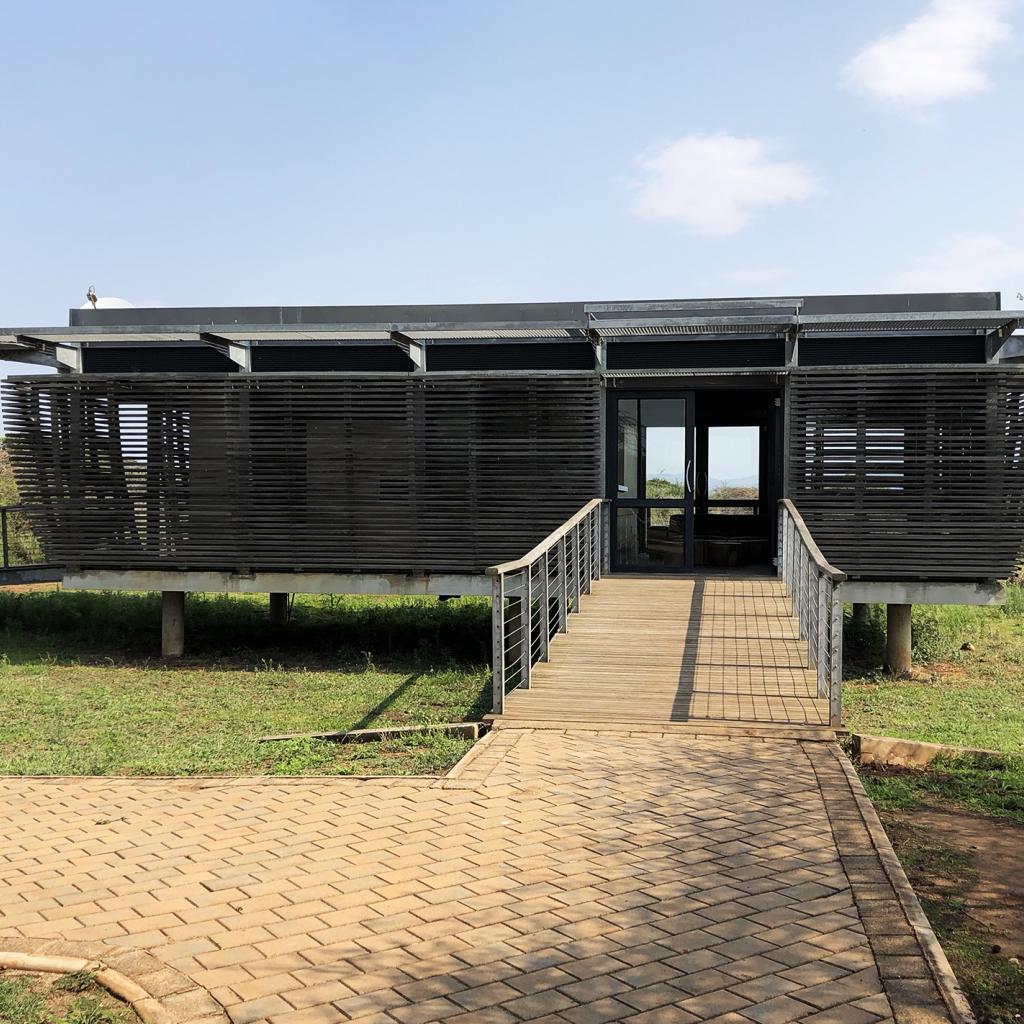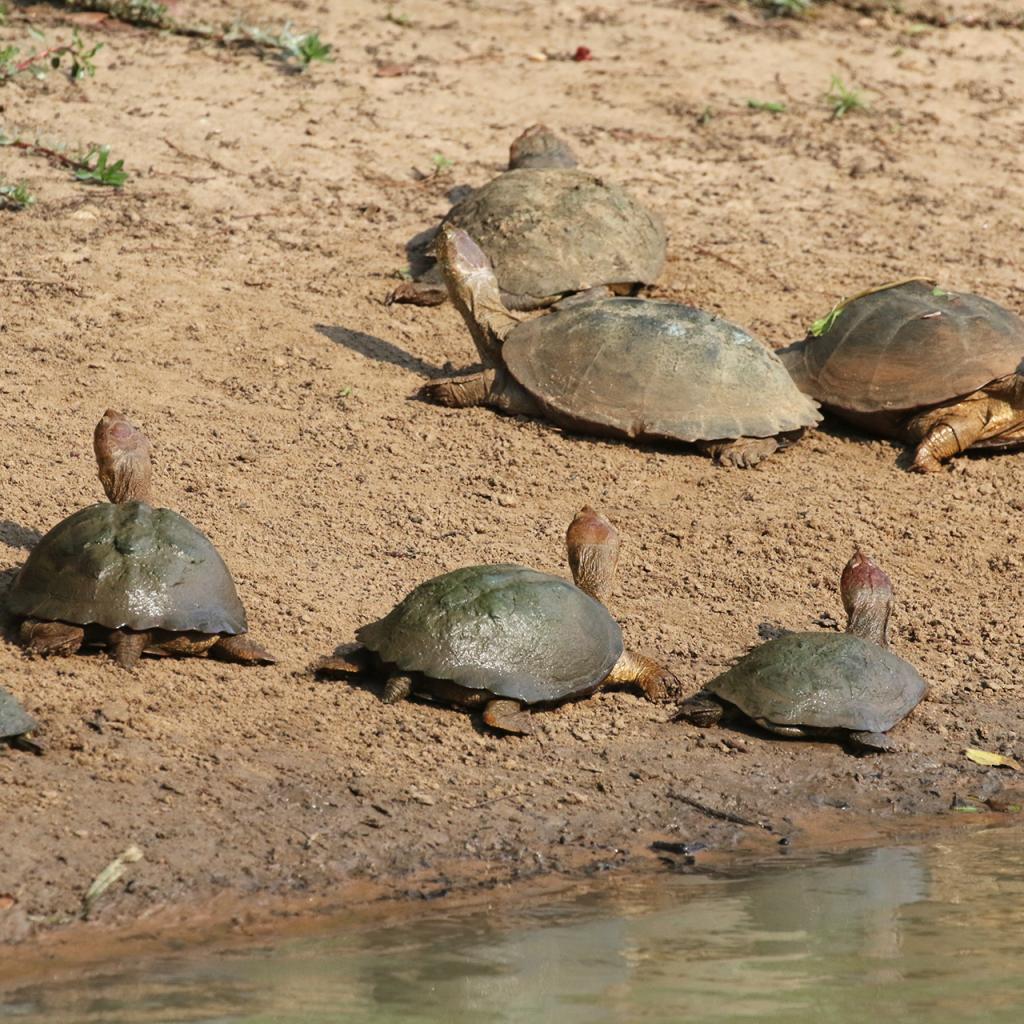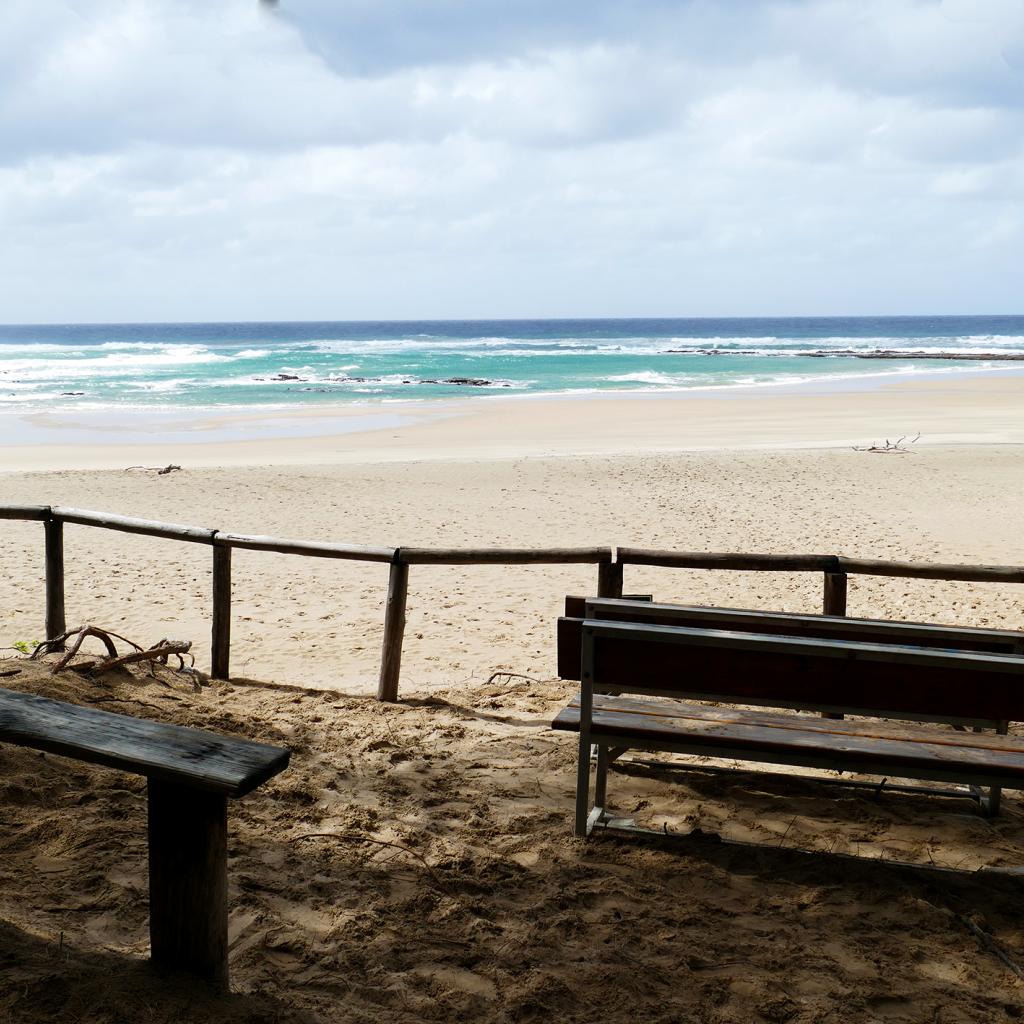The Isimangaliso Wetland Park is located in South Africa, in the province of KwaZulu-Natal, it is a protected coastal area that stretches for 220 km, from the border with Mozambique to the estuary of the St Lucia, that is located in the town with the same name.
The park contains several ecosystems different from one another, these allow different species of animals and plants to survive in this place.
Visitors can perform different activities to explore the natural wonders of the Isimangaliso Wetland Park; some may be carried out throughout the year, others instead have a seasonality, that is linked to the presence of some animals in the park only in certain periods of the year.
It is the ideal park for all those who love contact with nature and who like to carry out various activities that allow to admire the wonders of a pristine place.
Activities that can be carried out at the Isimangaliso Wetland Park:
Beaches
The Isimangaliso Wetland Park extends along 220 km of coastline, from the town of St Lucia to the border of Mozambique; these uncontaminated and still in their primitive state coasts are protected precisely to keep their state of preservation.
The beaches of the Isimangaliso Wetland Park are not all the same, each of them has a series of features that make them perfect for different types of visitors.
The water temperature of the Indian Ocean ranges from an average of 19 ° C in the winter months, June and July, to a temperature of 29 ° C in the summer months, December and January.
The most accessible and best known beaches, for those who want to swim, are located at Cape Vidaland Sodwana Bay; it is usually necessary to spend at least one night in these places in order to take full advantage of the experience.
Even the beaches near Santa Lucia are very popular because they are easy to reach, they are often visited only during the day.
There are also beaches a little more difficult to reach, these are located along the Coastal Forest of Isimangalisoor the Maputaland Marine Reserve, these beaches are deserted and pristine, offering close contact with nature; the main beaches are: Black Rock, Nine Mile Beach, Lala Nek, Bhanga Nek and Mabibi.
Birdwatching
At the Isimangaliso Wetland Park there are over 520 species of birds and this means that this park is a paradise for birdwatchers; here there are many species of water birds, both marine and swamp and river ones, it is not rare to see pelicans, herons, flamingos, various species of ducks, geese, jacanas and many others.
Terrestrial and forest birds and birds of prey, both day and night, are also common.
In the uMkhuze Game Reservealone there are 420 species of birds; in the reserve there are several observation hides and a wonderful walking safari path, perfect for birdwatching.
The uMkhuze reserve is one of the few nesting places for South African pelicans.
Boat cruises at the St Lucia estuary
It is possible to participate in cruises of 2 or 3 hours at the estuary of the St Lucia river, there are two jetties from which to embark, both are located near the town of St Lucia; cruises are available all day, one of the best moments is, without any doubt, the sunset.
Sailing in the calm waters of the largest estuary in Africa, it is possible to spot the numerous hippos and Nile crocodiles, in addition to the different species of birds, aquatic and not, that nest among the reeds; sometimes one can even spot some herbivores that go to the river to drink.
Usually the guides who lead the boats are very prepared and tell a lot of information to the passengers.
Deep Sea Fishing
The warm currents of the Indian Ocean, such as the Current of Agulhas, and the oceanic trenches, in particular a continental shelf located 1 km to 3 km from the coast, make the waters in front of the Isimangaliso Wetland Park perfect for deep-sea fishing.
Both the waters of the Indian Ocean and those of the lakes are teeming with fish; many fishing lovers come here to practice this sport and Sodwana Bayand St Luciaare the two favorite destinations for fishermen.
To fish in these waters, however, it is necessary to comply with all the regulations and restrictions: the use of nets and lights is prohibited, the jigging technique, typical in cod fishing, is prohibited throughout the Isimangaliso Wetland park, while spear fishing is only allowed to license holders, but only in unprotected marine areas.
At Kosi Bay there are traditional traps, that are still used today by the local population; they are called fishing kraals and they look like fences, built with wooden poles or bamboo canes, that make the fish, once they enter the enclosure, remain trapped without the possibility of escaping.
These kraals are handed down from generation to generation and are very important for the locals, they are regulated by the tribal authority, who settles disputes and gives families the right to fish in a specific area.
Safari and Game Drive
It is possible to carry out safaris, in self-drive or rely on agencies that have the license to organize game drives, in all areas of the Isimangaliso Wetland Park.
Both on the Western Shoreand on the Eastern Shoreof the St Lucia Estuary there are several roads where wildlife can be sighted.
On the Eastern Shorethe Pan Loopis perfect for spotting hippos, while the Vlei Loopusually allows one to spot many animals, while the Catalina Bay Viewpointis perfect for birdwatchers, while at the Mission Rock Lookoutone has the opportunity to enjoy an unique view: on one side the Indian Ocean and on the other the St Lucia Lake.
The Dune Loop, that follows the coastline, offers sweeping views of the dunes and wildflowers, while the Grassland Loopskirts the Southern shore of the Bhangazi Lake and then ventures between gentle grassy hills and a small portion of marsh forest that is located along the Nkazana Steam.
At the area of the Western Shoreis also possible to spot giraffes and elephants.
At the uMkhuze Game Reserveit is possible to make safaris that offer incredible emotions, there are many species of mammals, birds and reptiles present within this reserve.
Licensed operators also organize night safaris within the Isimangaliso Wetland Park, this is the last way to enter the park after closing time and have the opportunity to spot twilight and night animals.
Walking
At the Isimangaliso Wetland Park there are several paths where one can walk, especially for birdwatchers or for those who love closer contact with nature.
At the uMkhuze Reservethere is the Fig Forest Walk, a path that winds along the river between the immense sycamore fig trees, sacred trees for the local populations; along the way it is possible to spot many species of birds, but also mammals, it is necessary to be accompanied by an armed guide.
Horse riding excursions
On the Eastern Shore of the St Lucia Lake it is possible to make excursions on horseback, both on the long and deserted ocean beaches, and following some routes in the hinterland, where it is possible to spot various animals; approaching animals on horseback allows one to get close without the wildlife being afraid and running away, as it sometimes happens in a game drive.
Mountain Bike
At the Isimangaliso Wetland Park it is possible to travel along some mountain bike trails, in particular on the Eastern Shore of the St Lucia Lake, but only in areas outside the park fence, this is because inside one can meet predators, rhinos and elephants.
Exploring some areas of the park by bicycle allows to live a unique experience in contact with nature.
One of the most popular routes is the Ingwe Trail that is located near False Bay, this route crosses a portion of forest that has grown on sandy soil (sand forest); it is one of the few places in South Africawhere this type of forest is found.
Kayak
It is possible to go on a half-day or all-day kayak trip on the Sibaya and St Lucia Lakes; kayaking is usually associated with snorkeling at Cape Vidaland a game drive on the Eastern shore of the St Lucia Lake.
One can also paddle at the estuary of the St Lucia Lake.
Diving and snorkeling
In front of the coasts of the Isimangaliso Wetland Park there is a coral reef, that manages to survive and proliferate thanks to the warm and nutrient-rich waters of the Agulhas Marine Stream; this is one of the best places in the world to dive and admire the wonders of submerged nature.
Sodwana Bay is the best place to dive and snorkel; this is where the Southernmost coral reef of the African continent is located.
The coral reef is made up of Indo-Pacific reefs that have colonized the sandy outcrops of the seabed; the fact that in this area there are no rivers, that would transport silt, is good for the proliferation of corals.
Here there are 95 species of soft corals, hard corals, sponges and other invertebrates; moreover, here live over 1200 species of fish, including the bull shark or ragged tooth shark, the whale shark, the tiger shark, the manta ray, the rock cod, the potato bass.
The best points for diving accessible from Sodwana Bay are: 2 Mile Reef, 5 Mile Reef, 7 Mile Reef and 9 Mile Reef, each of these spots has unique characteristics; there are excellent diving spots also at Rocktail Bay and Mabibi.
It is possible to dive all year round.
While the best points for snorkeling along the coasts of the Isimangaliso Wetland Park are: Kosi mouth, Rocktail Bay, Madibi, Sodwana Bayand Cape Vidal.
Turtle Watching
In the months from October to March at the Isimangaliso Wetland Park it is possible to spot turtles that come here to lay their eggs; there are two species that can be seen: the Leatherback turtles and the Loggerhead turtle.
The coasts of the Isimangaliso are the most important place in South Africa for the nesting of these two species of turtle, thanks to its deserted and pristine beaches and also thanks to the work carried out over the last 50 years by the Ezemvelo KNZ Wildlife to protect these animals.
At the beginning of November the turtles start heading towards these beaches to lay their eggs, they approach the coast and, before reaching the beach, they stay in shallow water to assess whether threats and dangers are present.
Once they have assessed the situation they are waiting for high tide and, with the help of the waves, they go to the beach to look for the best place to lay their eggs, at this point they start digging a hole a meter deep; once the hole is ready the turtle starts laying eggs, usually each turtle lays 80 to 100 eggs.
Once the turtle has finished laying its eggs, it begins to cover the eggs with sand, hoping that predators, like jackals, genets and honey badgers, cannot find them.
At this point the turtle, tired after having dug and laid its eggs, drags itself on the sand to return to the ocean; on the sand it seems to be hard work, but once it reaches the water it swims away quickly and will never return to this beach until the next time it has to lay other eggs.
The eggs hatch after more than a month and the hatching happens at night, the newly born turtles must rise to the surface, making their way in the sand, and then head towards the ocean and its waves; the reason why hatching occurs at night is very simple: this is a very delicate phase and the small turtles are very vulnerable and exposed to predators, such as seagulls and other seabirds, that are diurnal.
The hatching of the eggs usually takes place in the months from January to March.
The excursions to spot turtles are organized from November to March from St Lucia, Cape Vidal, Sodwana Bay, Mabibi, Island Rock and Bhanga Nek; in each of these places one or more operators are present.
Whale Watching
Southern right whales, coming from the icy waters of Antarctica, migrate to these warmer waters to give birth to their cubs and, migrating, they pass right in front of the coasts of the Isimangaliso Wetland Park.
In the months from June to November it is not rare to sight these wonderful cetaceans along the coasts of the park, it is possible to participate in excursions on a rubber boat to be able to admire them closely; it is necessary to book the excursion that is reconfirmed the day before, based on weather forecasts and ocean conditions.
